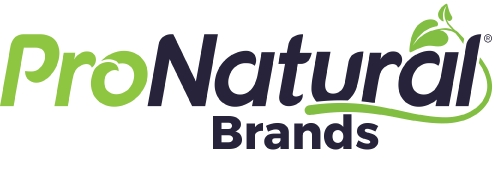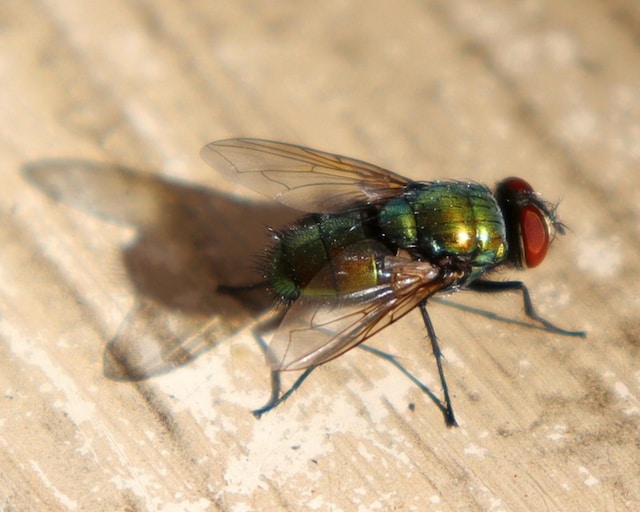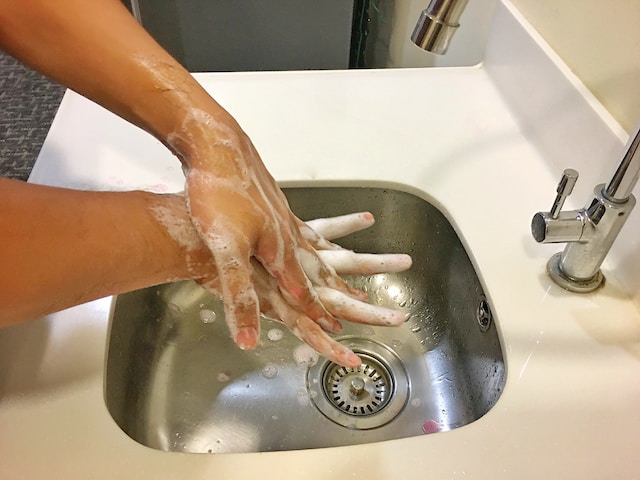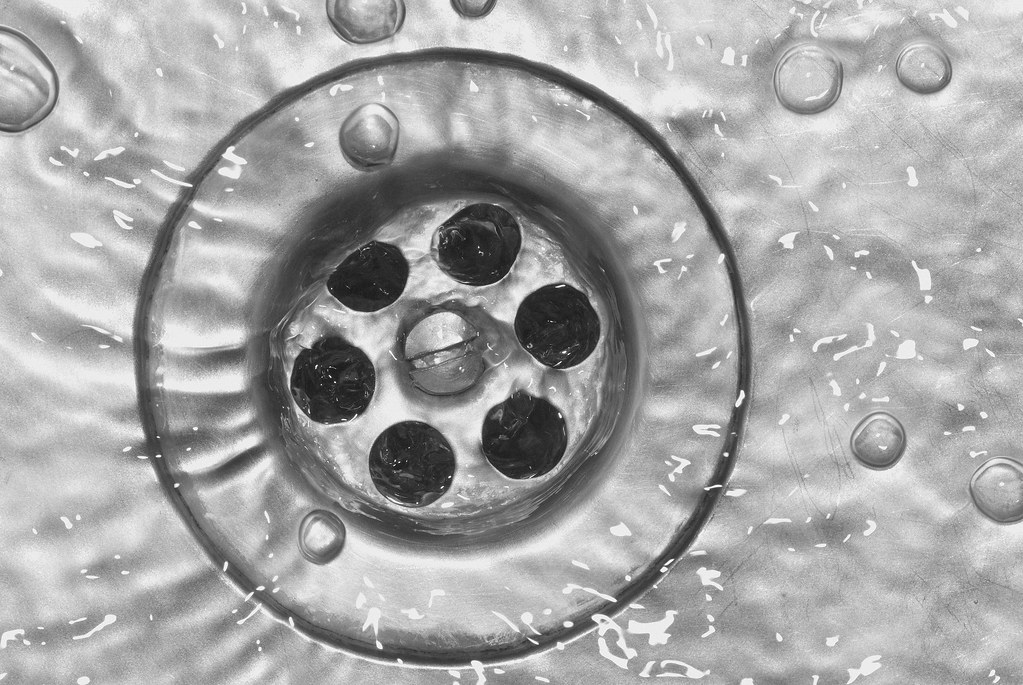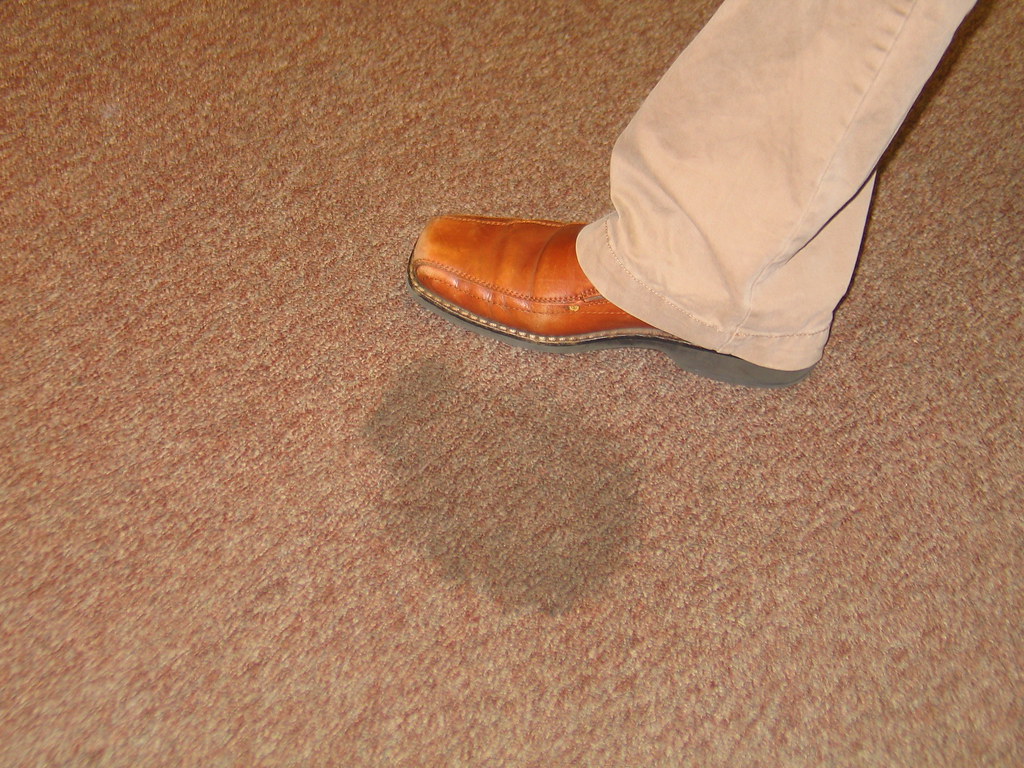By Lee Chen
Should you conduct a disinfecting audit? Yes, and we’ll explain how and why.
When building owners are looking for ways to reduce water consumption, one of the first things they do is conduct a water audit. A water audit identifies every place water is used in a facility with special attention given to areas where water is overused, used unnecessarily, and where there may be leaks. The goals are to reduce water consumption and use water more efficiently.
Now, in a post-COVID world, it’s time to conduct a disinfecting audit. A disinfecting audit identifies all surfaces with a high probability of being contaminated and those where contamination – and the transmission of disease to building users – is very low. One of the goals of a disinfecting audit is to only use disinfectants where and when necessary.
This is critical.
While disinfectants have served us well, they were overused and often misused during the pandemic. Further, they are not environmentally friendly, and their use is not always environmentally responsible.
This is because they contain several active ingredients such as glutaraldehyde, ortho-phthalaldehyde, quaternary ammoniums (quats), and others that can have adverse impacts on the user’s health, building users, and the environment.
To carry out a disinfecting audit requires the following steps:
- Identify and document all the high-touch, or what we may also call high-risk, areas in a facility. These are areas that are touched frequently by many people throughout the day; thus, they have a high probability of becoming contaminated. Furthermore, because so many people commonly touch them, cross-contamination – the spreading of disease – is likely. Prioritized disinfecting is necessary for these areas, and, in some cases, disinfecting may need to be performed several times throughout the day.
- Search out all those areas that pose only moderate health risks to building users. This could include floors, walk-through areas such as lobbies, chair and couch coverings. These areas need regular cleaning but do not necessarily need regular disinfecting.
- List and document all the low-touch/low-risk areas of the facility. These areas likely will not need to be disinfected often. Perfect examples of low-touch areas rarely used or used by very few people include higher areas of walls, ceilings, light fixtures, artwork hung on walls, and similar surfaces. These are rarely touched by building users and often are not accessible.
- Pinpoint areas that do not need disinfecting. According to the Centers for Disease Control and Prevention, this primarily refers to outside areas of a facility. It would include high-touch surfaces made of plastic and different types of metal. These outdoor surfaces should be cleaned regularly, but disinfecting is rarely necessary.
- Evaluate disinfecting solutions being used. We already mentioned that traditional disinfectants contain several ingredients that can be detrimental to human health. Furthermore, it’s important to know there are no “green-certified” disinfectants in the U.S.However, there are highly effective disinfectants that do not contain the harmful ingredients of traditional disinfecting solutions. The best example of these are disinfectants such as LEXX® made with citric acid. These disinfectants are effective against a broad range of health-risking germs, bacteria, and microorganisms. Some are EPA-registered, and LEXX is even on the List-N of products – it has been tested and proven effective against the coronavirus.
A disinfecting audit is so critical in keeping people and facilities healthy that an audit team should carry it out. This team should include such building stakeholders as building owners, facility managers, cleaning professionals, and tenants.
The audit should also be documented. Put in writing, this document formalizes the disinfecting audit so that it can be referenced in the future.
However, with that said, we must realize that buildings change, and the ways they are used can change as well. This means a disinfecting audit is not set in stone. It should be conducted every few years to help keep up with changes and protect human health.
Lee Chen is President and COO of ProNatural Brands, LLC, manufacturers of natural, sustainable cleaning solutions designed to protect human health and the environment.
